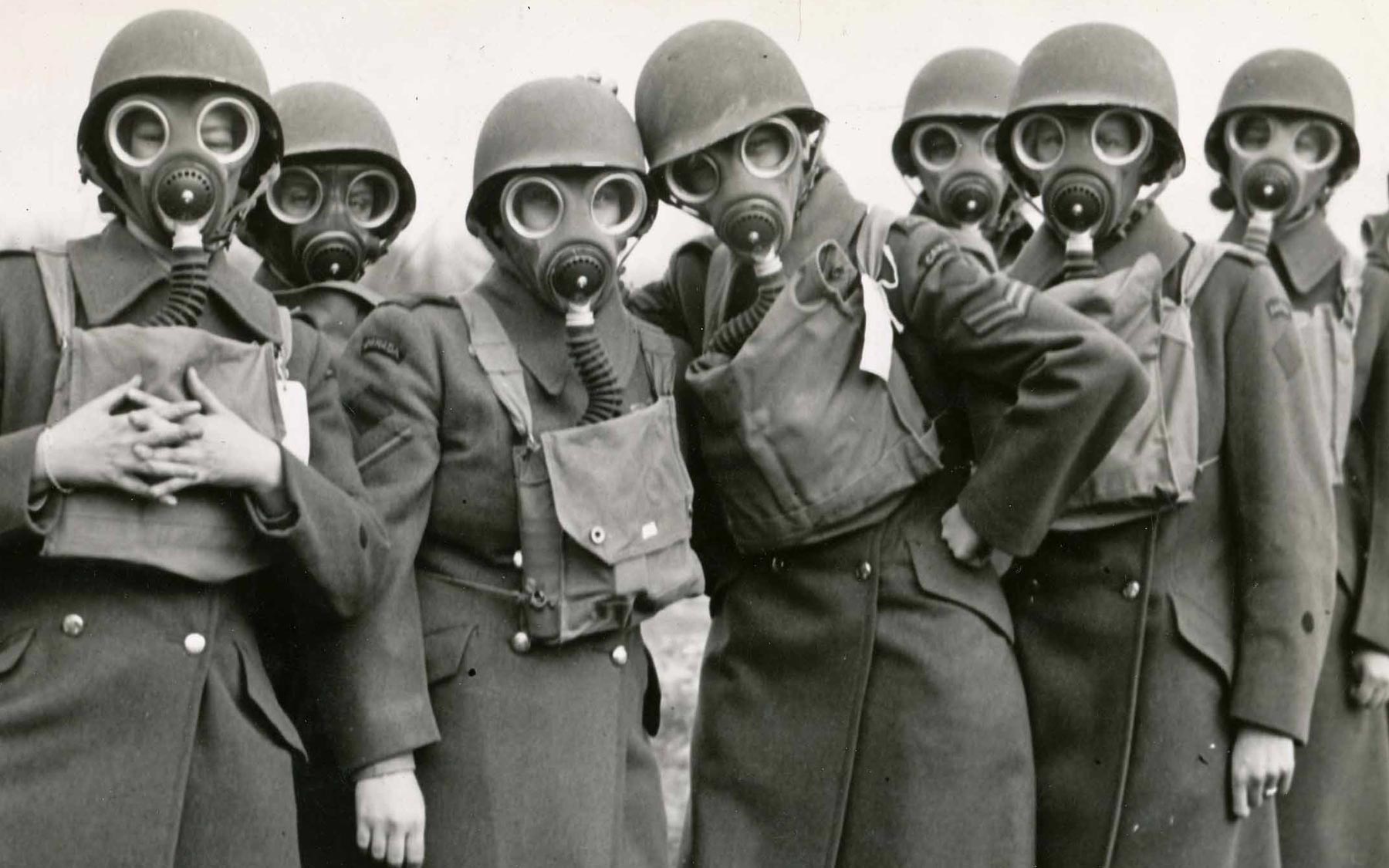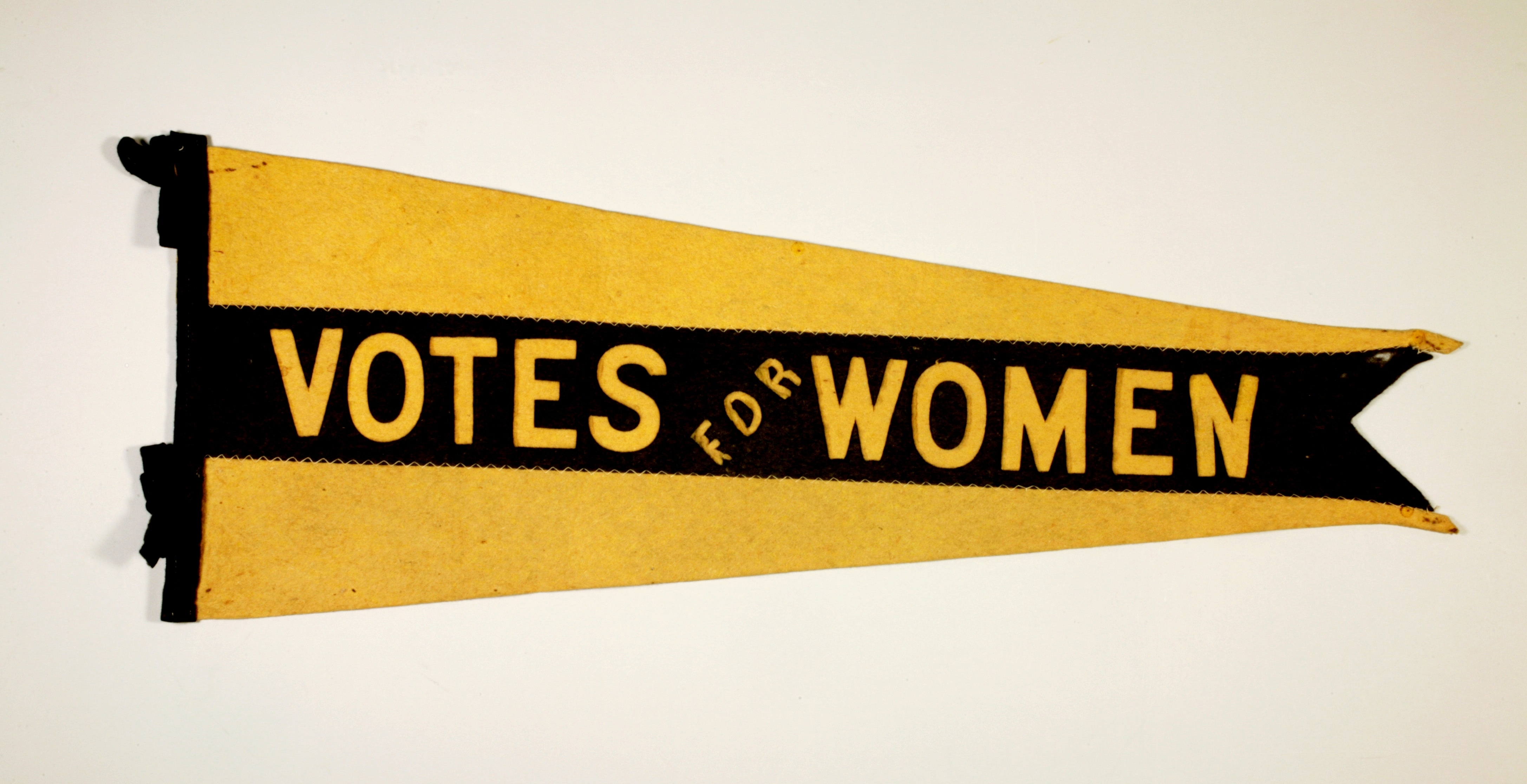Browse "Things"
-
Article
Wolverine
Wolverine, or carcajou (Gulo gulo), largest of the weasels, resembles a powerful, miniature bear.
"https://d2ttikhf7xbzbs.cloudfront.net/media/media/6272f717-1a0e-4c14-a1e1-8cf69ad9a6df.jpg" // resources/views/front/categories/view.blade.php
https://d2ttikhf7xbzbs.cloudfront.net/media/media/6272f717-1a0e-4c14-a1e1-8cf69ad9a6df.jpg
-
Macleans
Woman Sentenced in Mercy Killing
Friends and neighbors recall them as one of the happiest couples they had ever met. Even after nearly six decades of marriage, Jean and Cecil Brush still held hands, more like love-struck teenagers than a husband and wife in their twilight years.This article was originally published in Maclean's Magazine on March 13, 1995
"https://development.thecanadianencyclopedia.ca/images/tce_placeholder.jpg?v=e9dca980c9bdb3aa11e832e7ea94f5d9" // resources/views/front/categories/view.blade.php
https://development.thecanadianencyclopedia.ca/images/tce_placeholder.jpg?v=e9dca980c9bdb3aa11e832e7ea94f5d9
-
Article
Woman's Christian Temperance Union in Canada
The Woman’s Christian Temperance Union (WCTU) was the largest non-denominational women’s organization in 19th century Canada.
"https://d2ttikhf7xbzbs.cloudfront.net/media/media/7770f93e-7f5e-4cb8-b6ad-57df24227db6.jpg" // resources/views/front/categories/view.blade.php
https://d2ttikhf7xbzbs.cloudfront.net/media/media/7770f93e-7f5e-4cb8-b6ad-57df24227db6.jpg
-
Article
Women and Education
Although women have always been well represented in schools as students and teachers, it is possible, by examining women's participation in schooling, to understand how that participation has both reflected and produced the unequal position of women in society.
"https://development.thecanadianencyclopedia.ca/images/tce_placeholder.jpg?v=e9dca980c9bdb3aa11e832e7ea94f5d9" // resources/views/front/categories/view.blade.php
https://development.thecanadianencyclopedia.ca/images/tce_placeholder.jpg?v=e9dca980c9bdb3aa11e832e7ea94f5d9
-
Article
Women and Health
If life expectancy is any indication of health, Canadian women are, on average, much healthier than they were 70 years ago. The life expectancy of female babies born in 1921 was 61 while female babies born today are expected to live to age 82.
"https://development.thecanadianencyclopedia.ca/images/tce_placeholder.jpg?v=e9dca980c9bdb3aa11e832e7ea94f5d9" // resources/views/front/categories/view.blade.php
https://development.thecanadianencyclopedia.ca/images/tce_placeholder.jpg?v=e9dca980c9bdb3aa11e832e7ea94f5d9
-
Article
Women and the Law
Women have looked to the law as a tool to change their circumstances, while at the same time the law is one of the instruments which confirms their dependent status as citizens (see Status of Women). The first phase of the Women's Movement, in proclaiming that women were capable of reason as well as reproduction and nurturing, claimed a place for women in the public sphere, while also relying upon the concept of "separate spheres" to delineate their areas of strength and competence.
"https://development.thecanadianencyclopedia.ca/images/tce_placeholder.jpg?v=e9dca980c9bdb3aa11e832e7ea94f5d9" // resources/views/front/categories/view.blade.php
https://development.thecanadianencyclopedia.ca/images/tce_placeholder.jpg?v=e9dca980c9bdb3aa11e832e7ea94f5d9
-
Macleans
Women Hit Glass Ceiling
This article was originally published in Maclean’s magazine on October 20, 1997. Partner content is not updated. So a smattering of women have actually made it to the top of the heap, the corporate pinnacle, the apex of conventional business achievement. Canada now has women running 10 of the top 500 revenue-churning, publicly traded companies in the land. Huzzahs.
"https://development.thecanadianencyclopedia.ca/images/tce_placeholder.jpg?v=e9dca980c9bdb3aa11e832e7ea94f5d9" // resources/views/front/categories/view.blade.php
https://development.thecanadianencyclopedia.ca/images/tce_placeholder.jpg?v=e9dca980c9bdb3aa11e832e7ea94f5d9
-
Article
Women in the Labour Force
Women are considered labour force participants only if they work outside the home. In the past women have been expected to be in the labour force only until they marry; this reflects the historical, idealized notion of a society in which the man is the breadwinner and the woman the homemaker.
"https://d2ttikhf7xbzbs.cloudfront.net/media/media/57bf0875-fdbe-4d5c-8309-1ab4037ceaeb.jpg" // resources/views/front/categories/view.blade.php
https://d2ttikhf7xbzbs.cloudfront.net/media/media/57bf0875-fdbe-4d5c-8309-1ab4037ceaeb.jpg
-
Article
Women in the Canadian Armed Forces
Canadian women have served in all three branches of the Canadian Armed Forces, which includes the Royal Canadian Navy, the Canadian Army and the Royal Canadian Air Force. As early as 1885, Canadian women served as nurses in military hospitals during the North-West Resistance. During the First and Second World Wars, women took on various roles in the military as medical personnel and in clerical and administrative positions, trades and intelligence. Women served in the Cold War and during peacekeeping operations. In 1989, the majority of military occupations were open to women, including combat roles. Submarine service was opened to women in 2001. (See also Canadian Women and War.)
"https://d2ttikhf7xbzbs.cloudfront.net/media/media/991d368d-fde0-4933-afce-ced8fedca0fc.jpg" // resources/views/front/categories/view.blade.php
https://d2ttikhf7xbzbs.cloudfront.net/media/media/991d368d-fde0-4933-afce-ced8fedca0fc.jpg
-
Editorial
Women on Canadian Banknotes
The following article is an editorial written by The Canadian Encyclopedia staff. Editorials are not usually updated. Though Queen Elizabeth II has appeared on the $20 bill since she was eight years old, identifiable Canadian women have only appeared on a Canadian banknote once. In 2004, the statue of the Famous Five from Parliament Hill and Olympic Plaza in Calgary, and the medal for the Thérèse Casgrain Volunteer Award were featured on the back of the $50 note. They were the first Canadian women to appear on our currency. However, in 2011, they were replaced by an icebreaker named for a man (see Roald Amundsen). The new bill was part of a series of notes meant to highlight technical innovation and achievement, but the change sparked controversy. Other than the image of a nameless female scientist on the $100 note issued in 2011, and two female Canadian Forces officers and a young girl on the $10 bill issued in 2001 , Canadian women were absent from Canadian bills. On 8 March 2016, International Women’s Day, the Bank of Canada launched a public consultation to choose an iconic Canadian woman who would be featured on a banknote, released in the next series of bills in 2018. More than 26,000 submissions poured in. Of those, 461 names met the qualifying criteria, and the list was pared down to a long list of 12 and finally a short list of five. The final selection will be announced on 8 December 2016. But how did we get here?
"https://d2ttikhf7xbzbs.cloudfront.net/media/media/872b7e98-03f8-4457-85b8-5657ff4e4f65.jpg" // resources/views/front/categories/view.blade.php
https://d2ttikhf7xbzbs.cloudfront.net/media/media/872b7e98-03f8-4457-85b8-5657ff4e4f65.jpg
-
Article
Women's Memorial March
The Women’s Memorial March (WMM) is held every year on 14 February, Valentine’s Day, in cities across Canada and the United States. The WMM started in 1992 in Vancouver, BC, following the murder of Indigenous woman Cheryl Ann Joe. The first Women’s Memorial March began as a small memorial for Joe, but grew to become an annual march to honour all missing and murdered Indigenous women and girls. The Vancouver march draws thousands of people, while women’s memorial marches have spread to more than 20 cities across Canada and the United States.
"https://d2ttikhf7xbzbs.cloudfront.net/media/new_article_images/Women'sMemorialMarch/Women's_Memorial_March_2015_image.png" // resources/views/front/categories/view.blade.php
https://d2ttikhf7xbzbs.cloudfront.net/media/new_article_images/Women'sMemorialMarch/Women's_Memorial_March_2015_image.png
-
Article
Women's Suffrage in Canada (Plain-Language Summary)
Women’s suffrage means the right of women to vote in elections. Before Canada became a country in 1867, very few women had the right to vote. After 1867, no women had the right to vote. Only male property owners over the age of 21 had the right to vote. Women were not allowed to vote because most men believed that women should take care of the home and children. They should not get involved in politics. Politics was the realm of men. Another reason why most men did not think women should vote was that women were considered too emotional and could not serve in the military. (This article is a plain-language summary of Women’s Suffrage in Canada. If you are interested in reading about this topic in more depth, please see our full-length entry, Women’s Suffrage in Canada.)
"https://d2ttikhf7xbzbs.cloudfront.net/media/media/88bab6f6-366c-45d5-be02-092e23d46e97.jpg" // resources/views/front/categories/view.blade.php
https://d2ttikhf7xbzbs.cloudfront.net/media/media/88bab6f6-366c-45d5-be02-092e23d46e97.jpg
-
Article
Women's International League for Peace and Freedom
The Women's International League for Peace and Freedom was founded 1915 in The Hague, the Netherlands, by women active in the Women's Suffrage movement in Europe and North America. These women wished to end WWI and seek ways to ensure that no more wars took place.
"https://d2ttikhf7xbzbs.cloudfront.net/media/media/6f9e019b-d238-4334-954f-76fb3da52a27.jpg" // resources/views/front/categories/view.blade.php
https://d2ttikhf7xbzbs.cloudfront.net/media/media/6f9e019b-d238-4334-954f-76fb3da52a27.jpg
-
Article
Women's Labour Leagues
Women's Labour Leagues emerged in Canada prior to WWI. Modelled on the British Labour Leagues, auxiliaries to the Independent Labour Party, their purpose was to defend the struggles of women workers and support the labour movement.
"https://development.thecanadianencyclopedia.ca/images/tce_placeholder.jpg?v=e9dca980c9bdb3aa11e832e7ea94f5d9" // resources/views/front/categories/view.blade.php
https://development.thecanadianencyclopedia.ca/images/tce_placeholder.jpg?v=e9dca980c9bdb3aa11e832e7ea94f5d9
-
Article
Women's Movements in Canada
Canadian women have participated in many social movements, both on their own, and allied with men.
"https://d2ttikhf7xbzbs.cloudfront.net/media/Twitter_Cards/International Women's Day 5 (1).jpg" // resources/views/front/categories/view.blade.php
https://d2ttikhf7xbzbs.cloudfront.net/media/Twitter_Cards/International Women's Day 5 (1).jpg.jpg)
